539 local levels, out of 753, fully electrified, 99% citizens have access to power: NEA
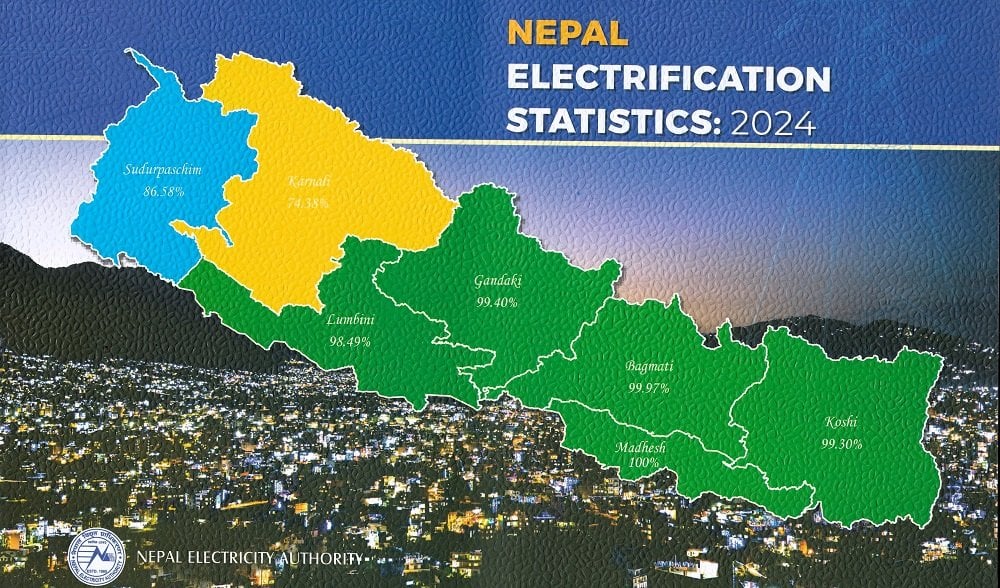
Kathmandu, August 20: A total of 539 local levels, out of 753, have been completely electrified while 196 have been partially illuminated.
To date, 18 local levels have not yet been connected to the national grid. However, they have access to electricity generated by micro hydropower projects and solar plants.
As per the electrification data-2081 BS of the Nepal Electricity Authority (NEA), 99 percent of the total population has access to electricity facilities. The data is based on the comprehensive study covering up to the ward level, it is said.
The number of electricity customers is 5 million and 935 thousand. Of those having access to electricity, 97 percent have consumed electricity supplied through the national grid, and the remaining two percent use it from outside it.
A total of 590 local levels have been electrified between 95 to 100 percent and 72 local levels have seen 75-95 percent electrification while it is 50-75 percent in 33 local levels, 26-50 percent in 26 local levels and up to 25 percent in 32 levels.
NEA managing director Kulman Ghising said they are focusing on implementing the government's announcement to ensure reliable and quality electricity facilities for all within the current fiscal year.
He said that during the fiscal year 2072-73 BS, the total electrification rate was just 58 percent and it has now reached 99 percent, marking a significant progress. He claimed that the NEA is working to identify and connect households in remote areas that still lack electricity. "We are prioritizing to provide quality services to areas with existing access to electricity and are dedicated to connecting those areas that currently do not have NEA services."
Works are being carried out to illuminate the homes of all citizens in the mountainous and hilly districts of the geographically difficult Karnali and Sudurpaschim provinces within a year's time.
The NEA has selected the contractors and already started works on electrification in the districts of the hilly region in Lumbini, Karnali and Sudurpaschim provinces from the soft loan of 220 million USD provided by the Asian Infrastructure Investment Bank (AIIB) and the European Investment Bank (EIB).
Managing Director Ghising said efforts have also been made to extend access to electricity in other regions as well through government investment and setting aside a portion of the Authority's earnings.
Among the seven provinces, Madhes province has 100 percent electrification while Koshi has 99.30 percent, Bagmati 99.97 percent, Gandaki 99.40 percent and Lumbini 98.49 percent electrification. Karnali province has the least electrification at 74.38 percent. Sudurpaschim province has 86.58 percent electrification.
Out of 77 districts in the country, only Humla is not connected to the national grid. Power supply to Humla district is done with the help of micro hydel projects and solar energy.
Fifty-six out of the 77 districts have between 95 to cent per cent electrification while it is 75 to 95 percent in 10 districts, from 50 to 75 percent in five districts and between 25 to 50 percent in six districts.
All 14 districts of Koshi province except Solukhumbu and Sankhuwasabha have over 95 percent electrification. There is 89.04 percent electrification in Solukhumbu and 93.99 percent electrification in Sankhuwasabha. Jhapa, Morang, Sunsari and Dhankuta districts have 100 percent electrification.
All eight districts of Madhes Province have been fully electrified. Out of 13 districts of Bagmati Province, Kathmandu, Lalitpur, Bhaktapur, Ramechhap, Nuwakot and Chitwan have been cent per cent electrified. However, more than 95 percent households have been using electricity in the remaining districts of Bagmati Province.
Similarly, out of 11 districts of Gandaki Province, Tanahu, Syangja, Parbat and Kaski districts have been fully electrified, Manang district only 87.81 percent and the remaining districts more than 95 percent.
Out of 12 districts in Lumbini Province, the lowest 32.24 percent households have been electrified in Rukum East and 85 percent in Rolpa. Nawalparasi, Rupandehi, Kapilvastu, Arghakhanchi, Gulmi and Bardiya have cent percent electrification while the remaining districts have been more than 95 percent electrified.
Likewise, in Karnali Province, the highest 95.8 percent households of Rukum West have access to electricity service while the lowest 31.80 percent in Mugu have access to electricity. Similarly, Surkhet has 86.48 percent, Dailekh 81.05 percent, Salyan 79.50 percent, Jajarkot 49.80 percent, Kalikot 70.96 percent, Jumla 62.47 percent, Dolpa 42.75 percent and Humla 32.51 percent electrification.
According to NEA, out of nine districts of Sudurpaschim Province, Kanchanpur and Kailali have cent per cent electrification.
Bajura has only 33.51 percent electrification while Dadeldhura has 94.08 percent, Doti 88.04 percent, Achham 65.97 percent, Baitadi 61.73 percent, Bajhang 69.03 percent and Darchula 84.01 percent.



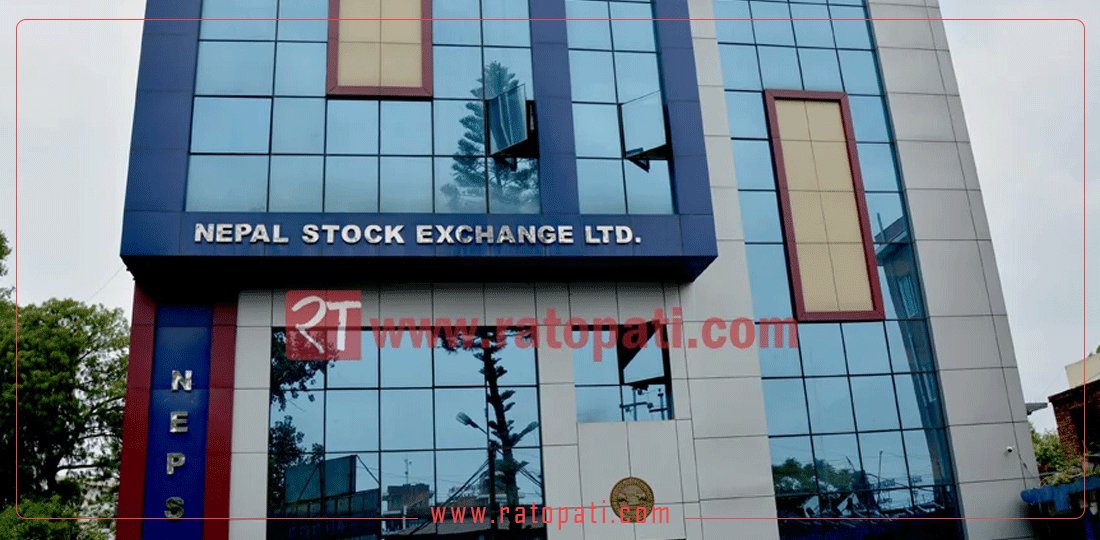
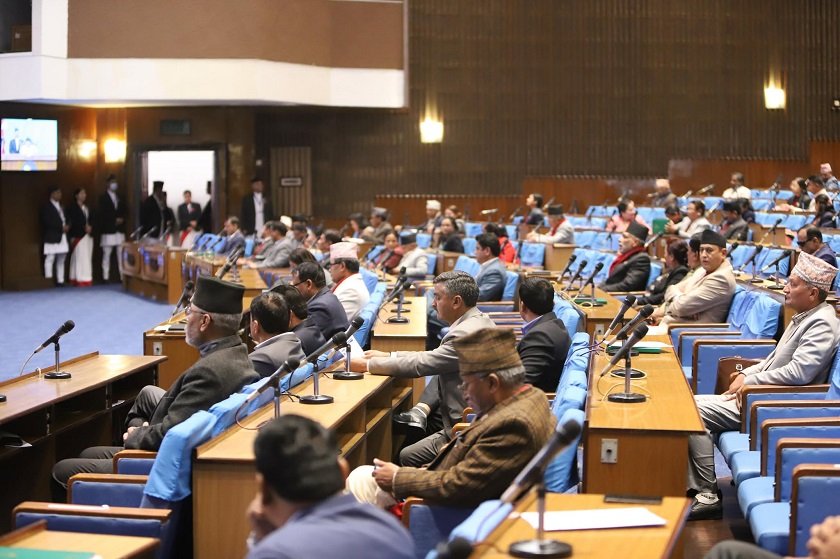
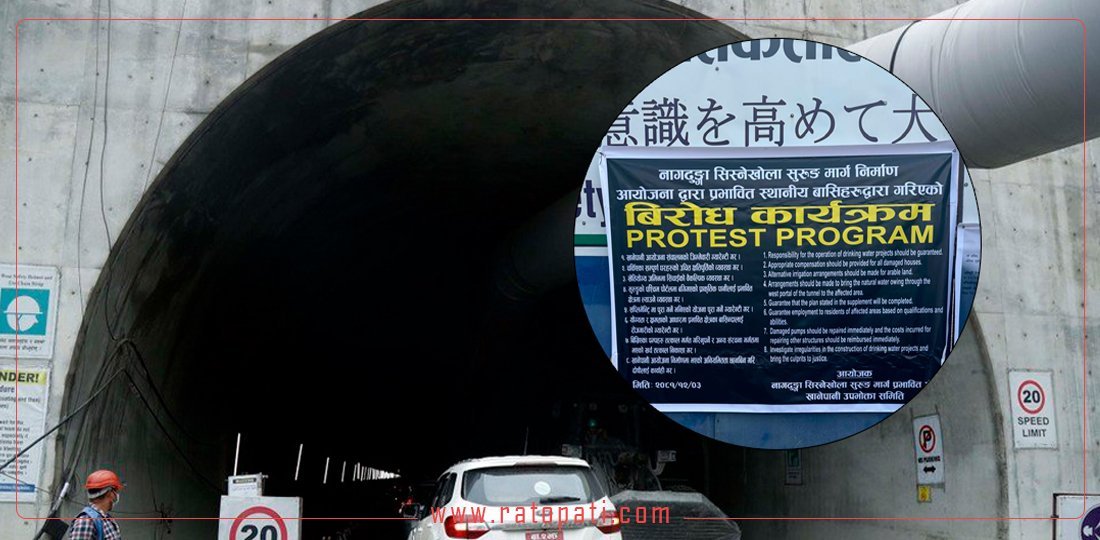
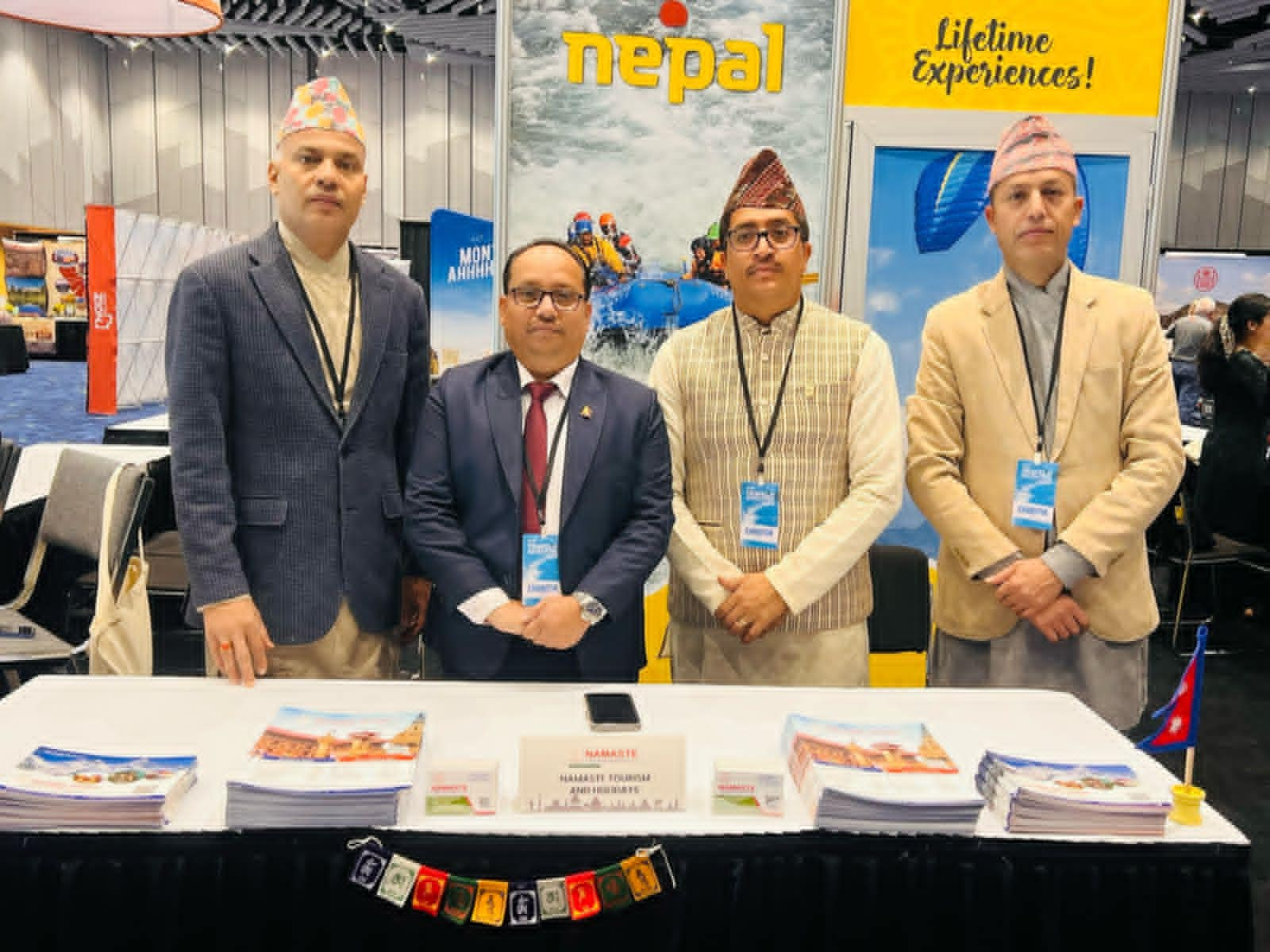
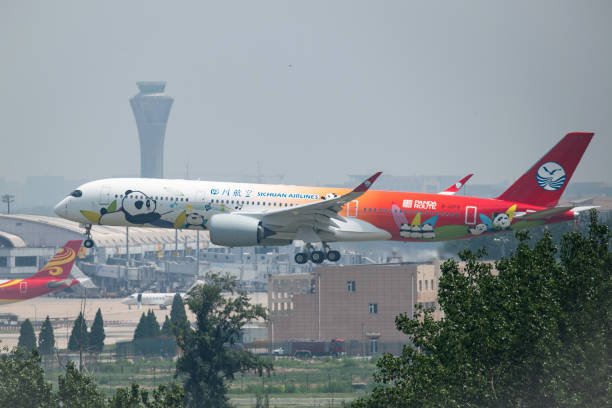
Leave Comment